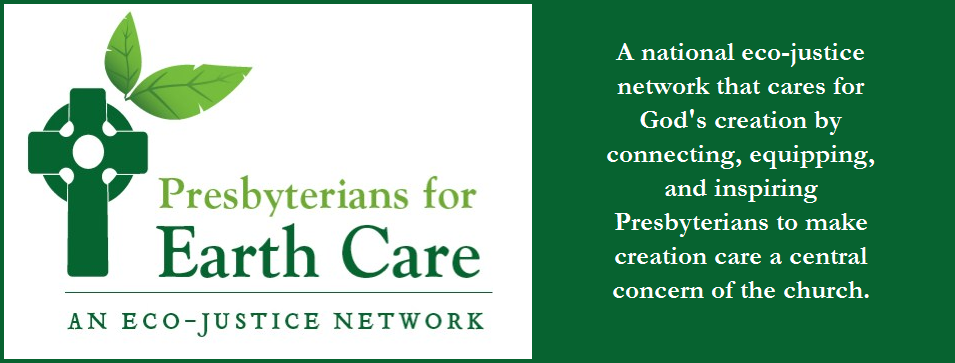Barber Chair Environmentalism
They fanned out across the neighborhood, knocking on doors and stepping politely through living rooms and kitchens that hadn’t been updated since their grandparents were children. They were African American youth from mostly low-income neighborhoods, spending their weekends applying caulk, weather stripping, and plastic to keep out the Chicago winter.
The youth’s work is one of many green initiatives that rose out of a small but remarkably active south side church. Sixth Grace Presbyterian Church usually has less than 100 worshipers on Sunday morning, but their Green Team is empowered by a passion for environmental stewardship that would put mega churches to shame.
It all started when Sharon Lewis returned to Chicago from a stint in Texas and met Veronica Kyle in the neighborhood. She discovered Veronica’s husband had interned at Sixth Grace, the church she’d grown up in.
Kyle is Chicago Outreach Director for Faith in Place, an organization that empowers people of all faiths to be leaders in caring for the earth. Faith in Place creates dynamic partnerships that help churches, synagogues, and mosques put their faith and commitment environment stewardship into action.
 |
| Barbershop Raps youth learn to weatherize a door. |
Back at Sixth Grace, Lewis recruited Cliff Wilkes founder of Barbershop Raps, a mentoring program for young men in the Bronzeville community. The church created the ministry in response to violence in the community. The barbershop is sometimes called the black man’s country club. Barbershop Raps is a place for young men to get a haircut and talk about issues in their lives.
Lewis and Wilkes recognized the importance of giving these youth a plan and direction for their future and saw a green team as a way to teach them practical skills and connect them more fully with the community. In an interview for the web program Different Drummers, former Sixth Grace pastor Rev. Patrick Damon said, “How you respond to the world is often dedicated by the environment you’re in. We wanted to get youth connected to how they could help make their surrounding environment a little bit better. Then they can help themselves feel better about their own lives.”
On the same program Kyle called Barbershop Raps “a wonderful marriage for us because we’re cultivating young environmental leaders.”
The young men of Barbershop Raps, some fifty strong, learned how to weatherize homes, track energy bills, and do simple things like turning off the water when brushing their teeth and turning off lights when they left the room. The youth spent many Saturdays going out into neighborhoods they often had never visited before, turning their environmental knowledge into action. An energy efficiency expert determined what each home needed, from insulation and caulking to an upgraded refrigerator, stove or furnace. The youth applied plastic and chalk to drafty windows. Thanks to generous grants and subsidies from ComEd, the local utility, residents were able to replace their aging appliances. As an added benefit, the residents, many of them elderly, were able to meet youth they might have been afraid of out on the streets.
Through the partnership with Faith and Place, Barbershop Raps youth have become eco-ambassadors, staffing information tables at special events like a 3-on-3 basketball tournament in Mandrak Park, making presentations to churches, and taking field trips to energy efficient homes. Some of them have even gone on to careers connected with the environment.
Lewis sees the Green Team as a way to serve the youth, her community, and God. “God has entrusted the earth to us,” she says. “To be faithful citizens, we need to realize we have a responsibility to the Earth.”
The Sixth Grace Green Team is embracing that responsibility, starting close to home.



